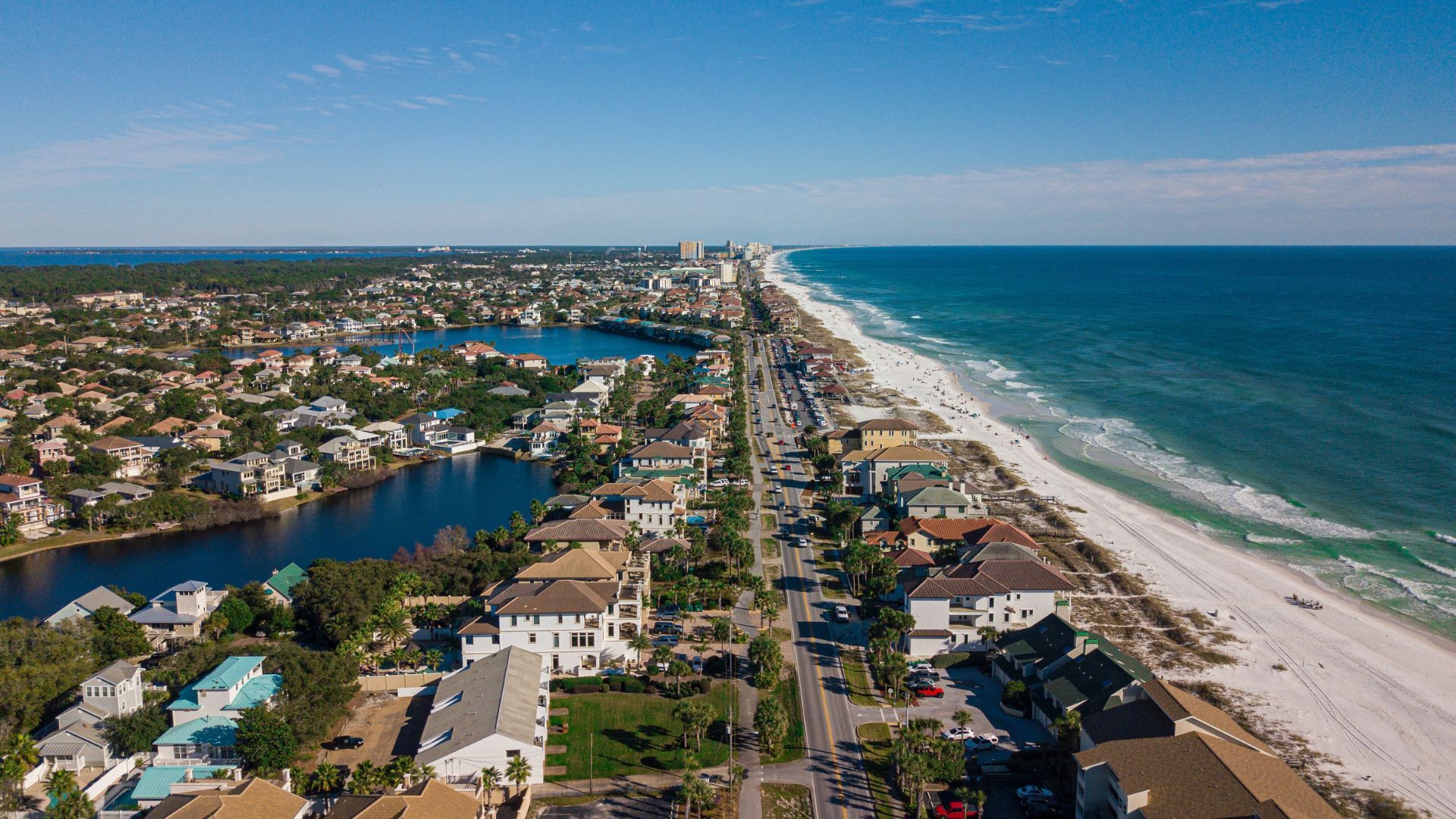Call (727) 784-5555
US home prices hit record level (again)
Phoenix, San Diego and Seattle again showed the highest price growth
July marked the fourth consecutive month in which the growth rate of home prices set a record, according to the latest S&P CoreLogic Case-Shiller National Home Price Index Report released on Tuesday.
The index showed a 19.7% annual gain for the year ending in July 2021, up from 18.7% a month prior. This is the highest annual rate of price growth since the index began in 1987 and the fourteenth consecutive month of accelerating prices.
“The last several months have been extraordinary not only in the level of price gains, but in the consistency of gains across the country,” Craig Lazzara, Managing Director and Global Head of Index Investment Strategy at S&P DJI, said in a statement.
The Case-Shiller 10-city home price index rose 19.1% from July 2020 to July 2021, which is up from the 18.5% increase recorded in June 2021. The 20-city index posted a 19.9% year-over-year gain, up from 19.1% a month earlier.
For the 26th straight month, Phoenix recorded the highest year-over-year home price increase, at 32.4%. San Diego was second with 27.8% and Seattle was third, with a 25.5% increase.
How lenders can effectively serve the changing demographics of borrowers
HousingWire Editor-in-Chief Sarah Wheeler recently spoke with Caliber Home Loans’ James Hecht, Executive Vice President of Retail Lending, and Cristian Correa, National Diversity Lending Manager, about the changing demographics of borrowers and how Caliber is recruiting talent that reflects the communities they serve.
Presented by: Caliber Home Loans
“In July, all 20 cities rose, and 17 gained more in the 12 months ended in July than they had gained in the 12 months ended in June,” Lazzara said in a statement. “Home prices in 19 of our 20 cities now stand at all-time highs, with the sole outlier (Chicago) only 0.3% below its 2006 peak. This month, New York joined Boston, Charlotte, Cleveland, Dallas, Denver, and Seattle in recording their all-time highest 12-month gains. Price gains in all 20 cities were in the top quintile of historical performance; in 15 cities, price gains were in the top five percent of historical performance.”
Acceleration of home prices were again strongest in the Southwest (+24.4%) and the West (+23.7%), however all regions recorded double-digit gains and record-high rate increases.
“There’s a surge of millennials approaching the prime home-buying age and are experiencing more flexibility to expand their search locations,” CoreLogic deputy chief economist Selma Hepp said in a statement. “Additionally, there are move-up buyers with larger budgets who are relocating to more affordable areas where they’re financially able to outbid local residents. Taken together, these factors have created a double-whammy for home price growth.”
In addition, homebuyers are continuing to enjoy low mortgage rates, boosting the demand for homes even higher.
“Home price growth remained scorching hot as the housing market entered the dog days of summer, but data released in the weeks since indicate cooler days in the months to come,” Matthew Speakman a Zillow economist said in a statement. “The tight market conditions that have fueled the skyrocketing prices are finally showing signs of loosening. For-sale inventory levels charted their fourth consecutive monthly increase in August, and sellers appear to be taking a less aggressive approach when putting their homes on the market. Price growth remains about as hot as ever, but the housing market is gradually retreating towards a more balanced state.”
As fall approaches, the demand for houses has dropped off a little, with Redfin reporting a 9% decrease in the number of homes under contract in the four week period ending September 5, compared to the high point set in May 2021.
Another report on home-price growth by the Federal Housing Finance Agency, also released Tuesday, found a 19.2% increase in home prices in July from a year earlier.
Start Your Loan
with DDA todayYour local Mortgage Broker
Mortgage Broker Largo See our Reviews
Looking for more details? Listen to our extended podcast!
Check out our other helpful videos to learn more about credit and residential mortgages.





